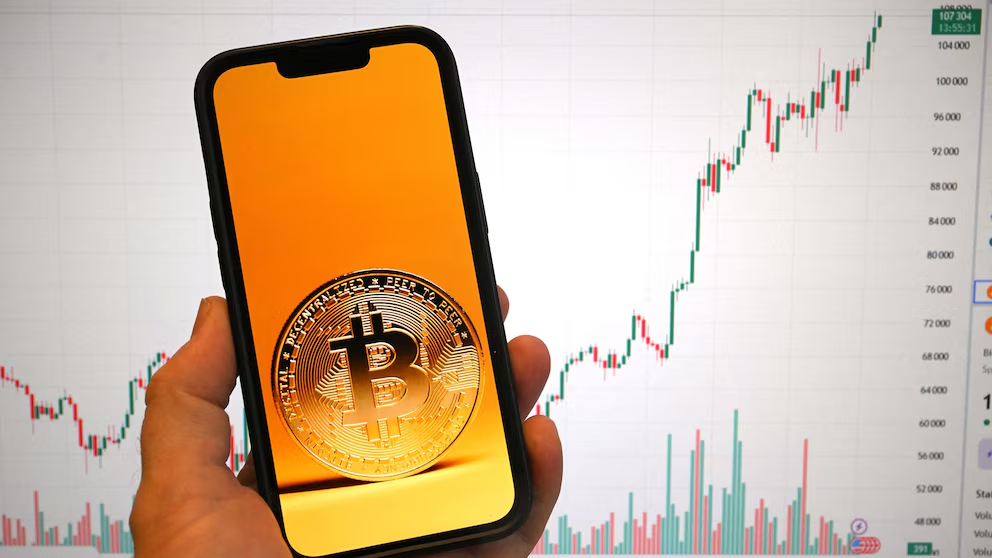Uniswap A Retailer’s Hub? Average Trade Sizes Fall From $30,000 to $1,000 In 2 Years
Crypto and some key sub-sectors, like decentralized finance (DeFi) or non-fungible token (NFT) trading or minting, remain dynamic. While activity is highly influenced by price, other changes are settled not by how prices gyrate but by time. Uniswap Users Are Increasingly Posting Small Trade Sizes Events in Uniswap, a leading decentralized exchange (DEX) on Ethereum, draw the interest of Token Terminal, a blockchain analytics platform. Related Reading: Here’s Why The Worldcoin (WLD) Price Surged Over 15% In One Day To Reach $3 According to Token Terminal, a curious trend is happening in Uniswap: While the Ethereum ecosystem is expanding and expected to grow even more, trade sizes on Uniswap are shrinking rapidly. Over the last two years, the average trade size on the popular DEX has fallen from around $30,000 registered in 2022 to roughly $1,000 at press time. Commentators speculate that this trend could point to increasing adoption, especially among retailers. Compared to institutions or crypto hedge funds that might want to trade huge chunks, most retailers lack those resources. They are more comfortable with lower trade sizes. This observation makes sense, especially with the explosion of meme coins deployed on the mainnet or layer-2 platforms like Base. Though Uniswap first launched on the Ethereum mainnet, it is also available on Base, Arbitrum, and Polygon. It enables the trading of tokens in a low-fee environment. On these platforms, market participants can trade on smaller sizes since they know the fee impact will be lower than on the mainnet. Another perspective suggests that the rise of competing DEXs built on alternative blockchains like Solana and BNB Chain might be drawing activity away from Uniswap. Modern blockchains like Solana offer faster transaction speeds and lower fees. With Ethereum processing 15 TPS at optimum, the higher scalability and interoperability with the first smart contracts platform can appeal to some traders. DEX Users Rapidly Climbing As Ethereum Finds Regulatory Clarity The decline in trade size comes surprisingly alongside a surge in overall DEX activity. Another Token Terminal report shows that monthly active traders across leading DEXs, including Uniswap, stand at 11.2 million. It is roughly 3 million short of the all-time posted in December 2021. This observation suggests that though more traders post smaller sizes, more users are keen on exploring and participating. Related Reading: XRP Faces Extended Bearish Pressure At $0.4937 Amid Market Weakness Even as Uniswap’s average trade size falls, analysts are bullish on the protocol and UNI, its native token. The platform plans to launch Uniswap v4 while Ethereum now has regulatory clarity, especially with a spot Ethereum exchange-traded fund (ETF) on the way. Feature image from Adobe Stock, chart from TradingView

Crypto and some key sub-sectors, like decentralized finance (DeFi) or non-fungible token (NFT) trading or minting, remain dynamic. While activity is highly influenced by price, other changes are settled not by how prices gyrate but by time.
Uniswap Users Are Increasingly Posting Small Trade Sizes
Events in Uniswap, a leading decentralized exchange (DEX) on Ethereum, draw the interest of Token Terminal, a blockchain analytics platform.
According to Token Terminal, a curious trend is happening in Uniswap: While the Ethereum ecosystem is expanding and expected to grow even more, trade sizes on Uniswap are shrinking rapidly.

Over the last two years, the average trade size on the popular DEX has fallen from around $30,000 registered in 2022 to roughly $1,000 at press time. Commentators speculate that this trend could point to increasing adoption, especially among retailers.
Compared to institutions or crypto hedge funds that might want to trade huge chunks, most retailers lack those resources. They are more comfortable with lower trade sizes.
This observation makes sense, especially with the explosion of meme coins deployed on the mainnet or layer-2 platforms like Base.
Though Uniswap first launched on the Ethereum mainnet, it is also available on Base, Arbitrum, and Polygon. It enables the trading of tokens in a low-fee environment.
On these platforms, market participants can trade on smaller sizes since they know the fee impact will be lower than on the mainnet.
Another perspective suggests that the rise of competing DEXs built on alternative blockchains like Solana and BNB Chain might be drawing activity away from Uniswap.
Modern blockchains like Solana offer faster transaction speeds and lower fees. With Ethereum processing 15 TPS at optimum, the higher scalability and interoperability with the first smart contracts platform can appeal to some traders.
DEX Users Rapidly Climbing As Ethereum Finds Regulatory Clarity
The decline in trade size comes surprisingly alongside a surge in overall DEX activity. Another Token Terminal report shows that monthly active traders across leading DEXs, including Uniswap, stand at 11.2 million.

It is roughly 3 million short of the all-time posted in December 2021. This observation suggests that though more traders post smaller sizes, more users are keen on exploring and participating.
Even as Uniswap’s average trade size falls, analysts are bullish on the protocol and UNI, its native token. The platform plans to launch Uniswap v4 while Ethereum now has regulatory clarity, especially with a spot Ethereum exchange-traded fund (ETF) on the way.
What's Your Reaction?




















